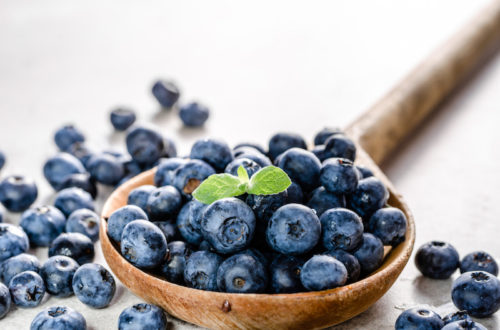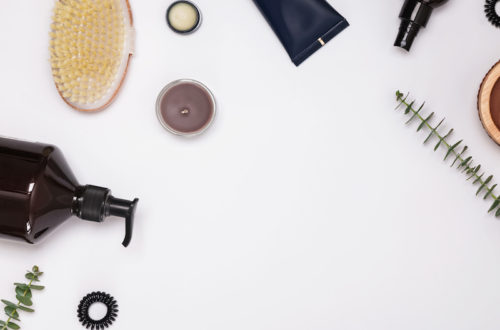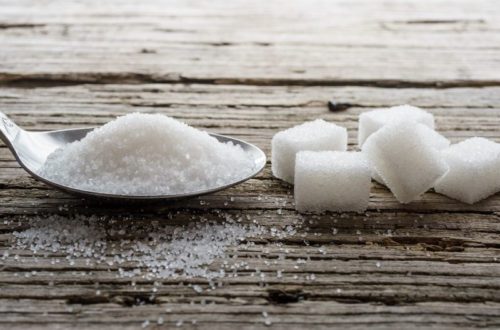By Amy Inman-Felton RDN
Health and Wellness Contributing Editor
3 Minute Read
THE KEY? MODERATION BABY!
Exhale and enjoy a glass of wine or a cup of jo!
You’ve made it through the initial holiday hoopla, now sit back with a friend or take some alone time and savor a cup of joe or glass of wine as you contemplate your New Year’s goals – it just might make you healthier and live longer!
The 90+ Study, one of the most extensive studies looking at health patterns of 1,600 older adults, are showing people who drank moderate amounts of wine (or beer) and coffee lived longer than those who abstained.1
Several studies support the benefit of drinking wine in moderation (one to two- 5 ounce pours). Resveratrol and procyandins in red wine promote a healthy heart and lower cholesterol. Resveratrol gets the most hype as it decreases LDL-bad cholesterol while increasing HDL-good cholesterol. This natural phenol may also fight against cancerous cells and activates a protein that acts as an anti-aging agent. Pinot Noir contains one of the highest resveratrol content if drinking to keep your heart healthy.
Is red wine better than white? Not necessarily. White lovers enjoy! A study in Barcelona shows white wines have higher antioxidant and polyphenols when compared to reds. [Study found here]
Key is “moderation” – equaling to one to two – 5 oz pours of wine or beer and 2 (8 – oz) cups coffee.1
Several studies are consistent with these finding, particularly for coffee.2 Benefits of drinking coffee include reducing the risk for type 2 diabetes, inflammatory diseases, stroke, and overcoming depression. Coffee offers protection to your liver.3
The caffeine in coffee may also help you burn more fat and boost your metabolism.4
The USDA 2015 Dietary guidelines recommend consuming 3 to 5 cups of coffee a day for better health.5
Black coffee is loaded with antioxidants and calorie-free (if consumed naked – nothing added). One cup (8 ounces) provides potassium (92 mg), magnesium (8 mg), B-vitamins riboflavin (0.01 mg) and niacin (.7 mg) with trace amounts of sodium.6
Doesn’t seem like much, take that times 2 or 3 cups and you’ve upped the intake of these nutrients.
How to enhance the nutrient profile of your cup of joe?
Solution: Enjoy a latte or cappuccino using unsweetened nut milk or regular milk to up calcium and vitamin D. My personal favorites are Almond Breeze unsweetened vanilla almond milk adding a hefty dose of antioxidant vitamin E and calcium! Coconut cream (Trader Joe’s) is a great non-dairy alternative providing a luxurious, creamy addition with no calories, sugar or saturated fats!
What type of roast is healthiest?
Solution: Lighter roasted coffee may provide greater antioxidant profile compared to dark roast coffee according to the latest research.7 The roasting process exposes coffee to air (otherwise known as oxidation). Darker roasts are exposed to higher amounts of oxidation depleting antioxidant molecules.
Lighter roasts are higher in antioxidants and shown to protect against inflammation and cell damage.7
What about caffeine?
Solution: An average 8 oz cup of coffee provides 75 to 100 mg caffeine. There is not a noticeable difference in caffeine content in- light and dark roasted coffee.6
Pour-over method or French Press method generally increases caffeine content but will vary based on how finely the coffee is ground. For most adults targeting no more than 400 mg caffeine daily is recommended. During pregnancy or breastfeeding, most advise less than 200 mg/day as a safe level of intake.6
If you are sensitive to caffeine, consume coffee before 2 pm (or 4 hours before sleeping) so not to impact a restful night of sleep.
For the best cup of coffee? Check out Beth’s review of her favorite coast to coast coffee shops. Post coming this week!
In the meantime- what are your favorite go-to moderation indulgences? Comment below and thanks for checking out my Healthy Holiday Tip Series!
Stay tuned for more health and wellness tips in 2019!
Amy





